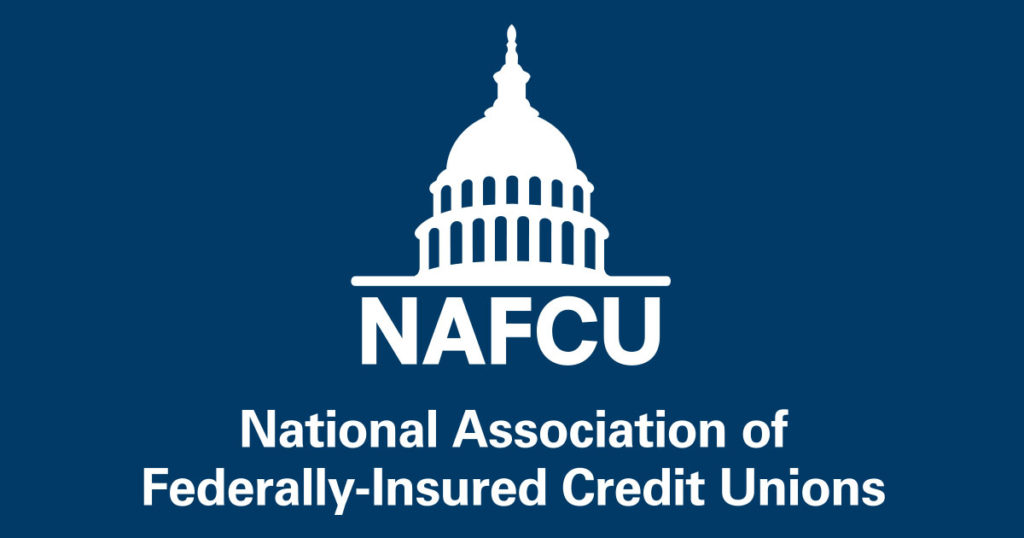
The other day, we blogged about mortgage loan forbearance and the requirements under the Coronavirus Aid, Relief, and Economic Security Act (CARES Act) recently passed by the United States Senate. The CARES Act includes provisions on forbearance for federally backed mortgage loans. Recently, we have received questions from credit unions who do not hold federally backed mortgage loans, but would still like to offer a forbearance period. These credit unions have asked about what this should look like in practice and what strategies they may employ in creating mortgage loan modifications agreements.
As explained in our blog on closed-end loan modifications, modifications of mortgage loans can be quite complex and vary greatly based on the loan agreements and applicable state laws. Modifications that allow for forbearance period may include reducing the interest rate, extending the term of the loan, or adding missed payments to the loan balance. A modification also may involve reducing the amount of money a member owes by forgiving, or cancelling, a portion of the mortgage debt.
Although not created for the current COVID-19 requirements for federally backed mortgage loans, there is some previous guidance issued by Freddie Mac which suggests a few post forbearance options to bring mortgage loans current once members are able to reestablish ability to pay.
Specifically, there are few types of mortgage loan modifications described in Freddie Mac guidance that credit unions may consider in offering modifications. If a credit union’s mortgages are not backed by the federal government or a government sponsored enterprise (GSE), the credit union is not obligated to follow a particular method in determining the new payment schedule, but the credit union might consider using these past models to create its own modifications.
The following loan modification plans descried in Freddie Mac guidance involve forbearance due to a disaster and required a 3 month trial period before permanent loan modification. A few of the eligibility requirements under Freddie Mac’s rules for either of the following loan modifications included:
· The Borrower’s hardship must have been caused by an Eligible Disaster
· The Borrower’s Mortgaged Premises or place of employment must be located in an Eligible Disaster Area
· The Borrower must have been current or less than 31 days delinquent as of the date of the disaster, and must be at least 30 but less than 360 days delinquent at the time of evaluation for the modification
One type of loan medication is the Freddie Mac Extend Modification for Disaster Relief (“Extend Modification”) which does not permit the credit union to capitalize arrearages, and instead extends the mortgage term by a number of months equal to the number of missed monthly payments. The modified mortgage must be a fully amortized, fixed-rate mortgage. Note NCUA’s previous guidance does not regulate amortization. So if your credit union is not limited by investor requirements, amortization could be a risk-based decision for the credit union. Under the Freddie Mac guidance, the credit union should use the existing mortgage rate at the time of modification to establish the terms of the new agreement. Extend the mortgage term by the same number of payments missed during the disaster forbearance period. Under this modification, if the mortgage includes deferred principal, the credit union would not capitalize this amount into the interest-bearing principal balance. Deferred principal would continue to be deferred and be payable upon the extended maturity date. Interest would not accrue on any deferred principal. The credit union would extend the term in monthly increments to match the number of missed payments. In the case of an escrow shortage in which the member is unable to pay an escrow shortage as a lump sum, the member must pay the shortage as part of the monthly payment (“Projected Monthly Escrow Shortage Payments”) on the modified mortgage loan. This means the credit union would need to spread out the amount of the escrow shortage over a number of months that allows the payments to be manageable for the member. Explained in this previous blog on escrow adjustments, most servicers put a 12-month maximum repayment on a deficiency.
Another example of a loan modification is Freddie Mac’s Capitalization and Extension Modification for Disaster Relief (“Disaster Relief Modification”) which uses capitalization and extension to calculate new loan terms. For this modification, the credit union would use the existing mortgage rate at the time of modification to establish the terms of the new agreement. The credit union would then capitalize any amount in arrearage and calculate the resulting principal and interest payments. Lastly, the credit union might extend the term in monthly increments until the modified principal and interest payment equals or is less than the existing contractual principal and interest payment on the mortgage. This type of modification may also require an escrow shortage be added to the monthly payments in order to bring any escrow accounts current.
Keep in mind that mortgage modifications and reallocation of balances may create accounting, tax, security, safety and soundness issues, and other concerns described in this blog. Therefore, a credit union offering a forbearance period should consult local counsel, its accountants, and other necessary professionals before deciding how to modify its mortgage loans.

Loran Jackson, NCCO, Regulatory Compliance Counsel, NAFCU
Loran Jackson was named regulatory compliance counsel in April 2019. In this role, Jackson helps NAFCU members with a variety of federal regulatory compliance issues.
Source: NAFCU











Facebook Comments